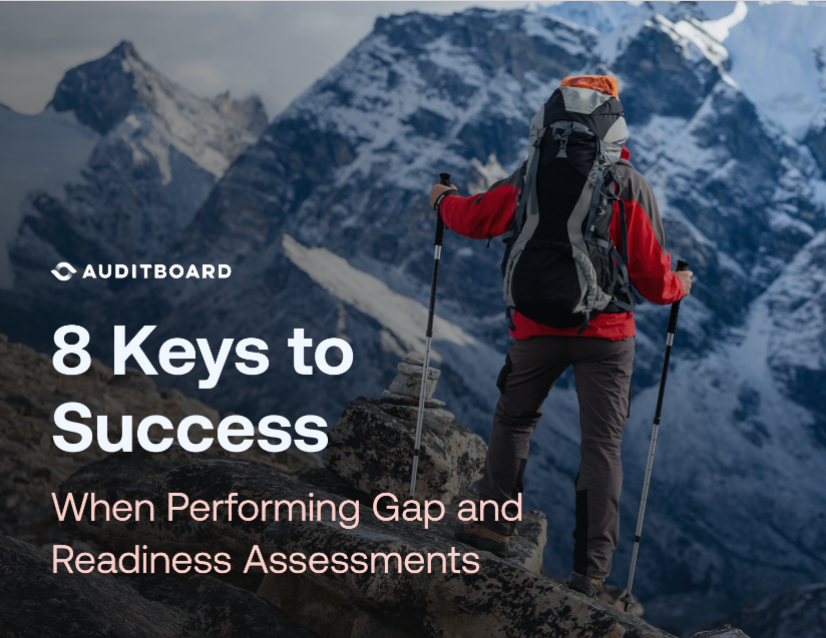 No matter what stage of maturity your compliance program is in, the ability to perform effective assessments is crucial for planning and scoping. Gap assessments and readiness assessments serve similar purposes, and you can utilize either, or both, to help you determine and prioritize your compliance needs as they evolve over time. A gap assessment helps a business estimate how much effort it will take to comply with a framework or requirement, whereas a readiness assessment is a full analysis of the business environment, performed after the business has made the commitment to comply with a framework.
No matter what stage of maturity your compliance program is in, the ability to perform effective assessments is crucial for planning and scoping. Gap assessments and readiness assessments serve similar purposes, and you can utilize either, or both, to help you determine and prioritize your compliance needs as they evolve over time. A gap assessment helps a business estimate how much effort it will take to comply with a framework or requirement, whereas a readiness assessment is a full analysis of the business environment, performed after the business has made the commitment to comply with a framework.
While reasons for electing to comply with a new framework or requirement are unique to every business, common ones include contractual obligations, plans to work with government organizations, or plans to expand into new industries or regions. As you select a baseline framework, consider what your organization’s compliance needs might be five years from now. A holistic approach like this can save you from dealing with costly inefficiencies down the road.
Once you’ve selected a framework, it’s time to perform an assessment. While there is no one-size-fits-all method, these are some general keys to success:
- Know where your business is headed.
- Don’t be shortsighted when selecting your baseline framework.
- Create visibility into compliance status.
- Reassess whenever necessary.
- Transform your stakeholders into allies.
- Perform due diligence with third-party vendors.
- Risk-rate the business to help drive continuous compliance.
- Consider technology to help manage multiple frameworks and drive continuous monitoring.
To read about each of these considerations in more detail — and get a list of questions to ask when choosing a framework — download a copy of “Performing Gap and Readiness Assessments: 8 Keys to Success.”
